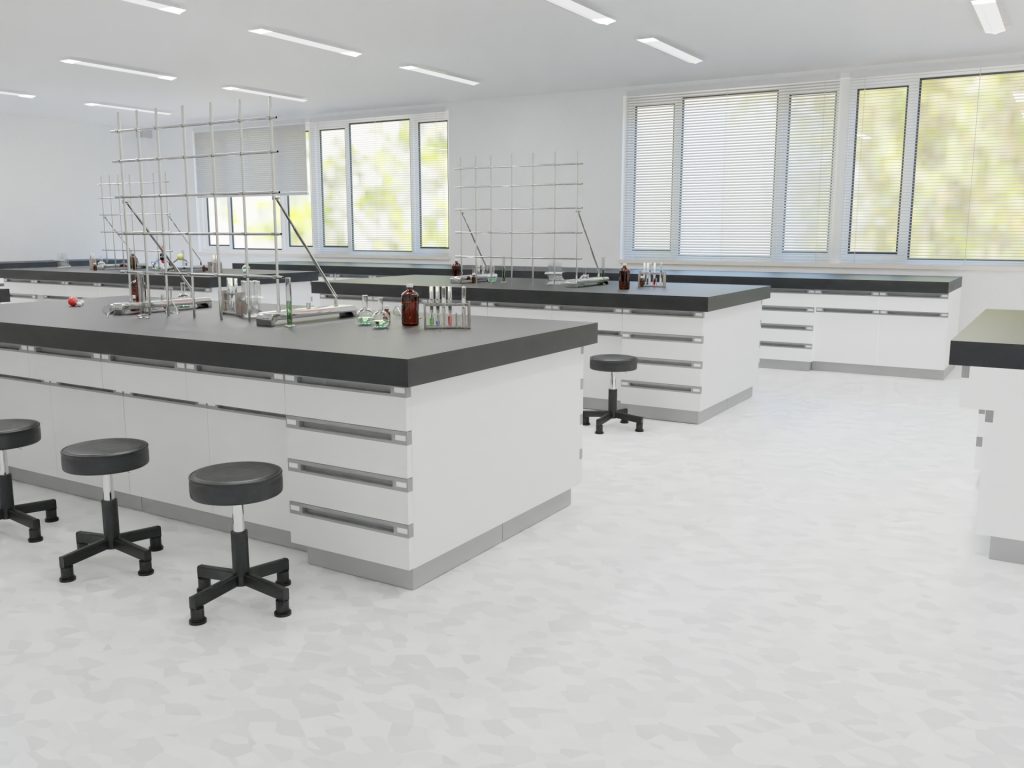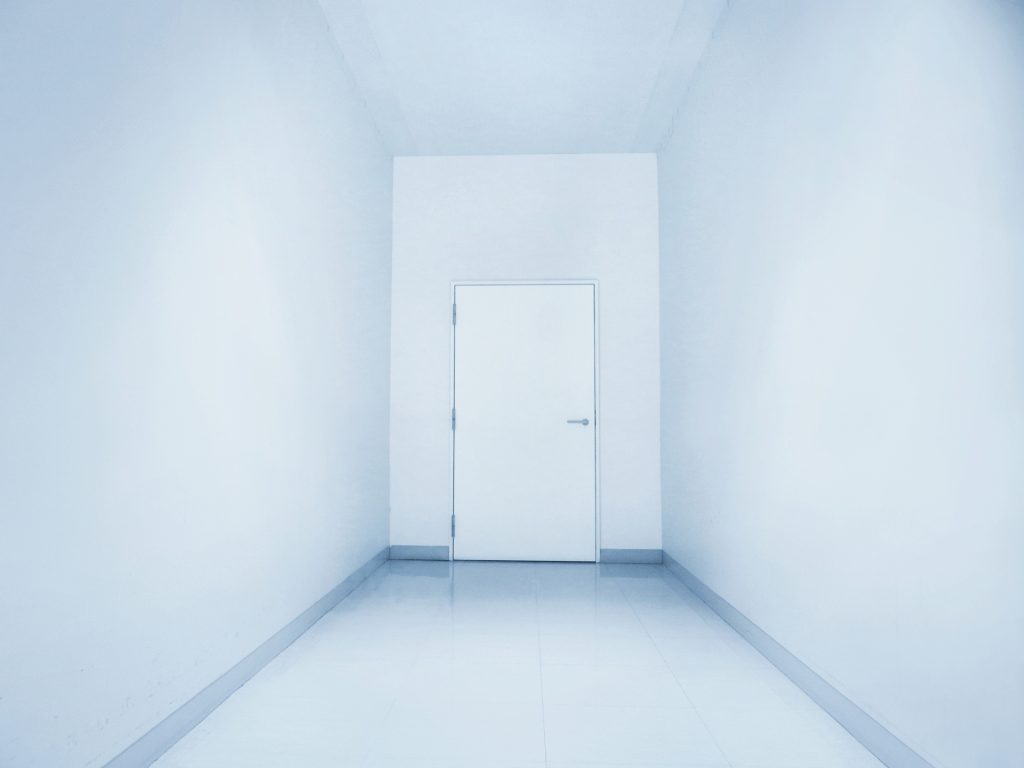


What is antistatic flooring?
Reduced static electricity generation during contact
Reduced static electricity generation during contact and separation with other materials is called antistatic.
Installing antistatic flooring is an important first step in ensuring safety by grounding and discharging the electrical charge of employees and visitors, preventing ESD build-up and grounding the electrical charge.
Antistatic floors can be electrostatically conductive or static dissipative.
What is a conductive floor?
25,000 (2.5e) to 1 million (1e) Ω
A conductive floor floor has a ground resistance of less than
1.0 x 10 to the power of 6 ohms and is intended to dissipate, conduct, remove, or ground excess static electricity from people, furniture, carts, or other equipment.
Electro-Static-Coatings-Brochure - 10.23
What is an ESD Floor?
1 million (1e) to 1 billion (1e) Ω
The electrostatic discharge floor has a ground resistance of less than 1 x 10 to the power of 9 Ω and 1 x 10 to the power of 6 Ω and is also used to mitigate electrostatic discharge (ESD).
Choice of ESD or CD floor
ANSI/ESD S 20.20
This standard covers the requirements for the design, establishment, and implementation of an electrostatic discharge management system for electrical or electronic components as well as equipment susceptible to damage by human model (HBM) electrostatic voltages greater than or equal to 100 volts in assembly or facility assembly, installation, packaging, labeling, servicing, testing, and inspection processes. This standard is also consistent with IEC 61340-5.
Electro-Flor 100 ESD
Range: 1 million (1e) to 1 billion (1e) Ω
Electro-Flor 100 CD
Range: 25,000 (2.5e) to 1 million (1e) Ω
Electro-Flor N CD
Range: 25,000 (2.5e) to 1 million (1e) Ω
Benefits of ESD or CD floor:
- Sanitary
- Has excellent wear resistance
- Chemical resistance
- Integrated, seamless
- More durable than tile or sheet products (when exposed to forklift traffic)
- CDPH 1350 Low Emission Certification
- Health Product Declaration Certificate
- It takes 0.01 seconds for 5,000 volts to be charged to 0.
Where it is used:
- Electronics Manufacturing
- Server Farm
- Clean Room
- Data Processing Center
- Military/Aerospace
- Laboratories
- AGV Warehouse
- Hazardous Industries
- Ammunition and Explosion Areas
ElectroFlor 100 ESD
Dex-O-Tex ElectroFlor 100 ESD
is electrically active within the resistance range requirements for fluid-coated high solids epoxy, monolithic coating, and static dissipative flooring systems.
The resistance range of ElectroFlor100ESD is tested according to ESD standards and 100ESD is 1 million (1e) to 1 billion (1e) Ω.
Standard thickness: 28 -48 mil.
Electrofloor 100 CD
Dex-O-Tex Electrofloor 100 CD is a monolithic flooring system with fluid application, high solids content and conductive undercoat
with conductivity in the range of 25,000 (2.5 e) to 1 million (1 e) ohmic resistance tested according to ESD Association Standard 7.1.
Standard thickness: 32 -36 mil
ElectroFloor N100 ESD
Dex-O-Tex ElectroFloor N (Novolak) 100 ESD
is electrically active within the resistance range requirements for fluid-coated high-solids epoxy, monolithic coating, and static dissipative flooring systems.
The resistance range of ElectroFloor 100ESD is tested according to ESD standards and 100ESD is 1 million (1e) to 1 billion (1e) Ω.
Standard thickness: 28 -48 mil
ElectroFloor N100 CD
Dex-O-Tex Electrofloor N (Novolak) 100 CD is a monolithic flooring system with fluid application, high solids content and conductive undercoat.
Conductivity is in the range of 25,000 (2.5 e) to 1 million (1 e) ohmic resistance tested according to ESD Association Standard 7.1.
Standard thickness: 30 mil
*This material may be layered on different base coats to meet the required thickness.